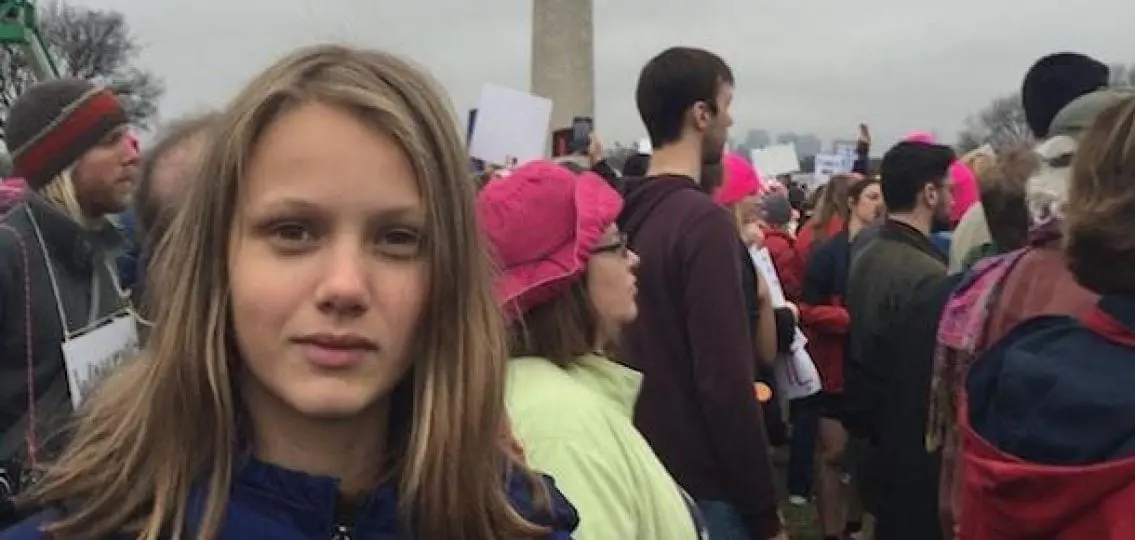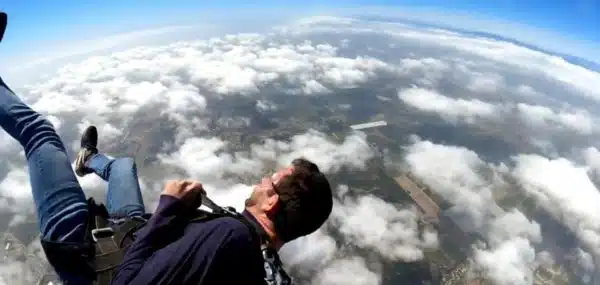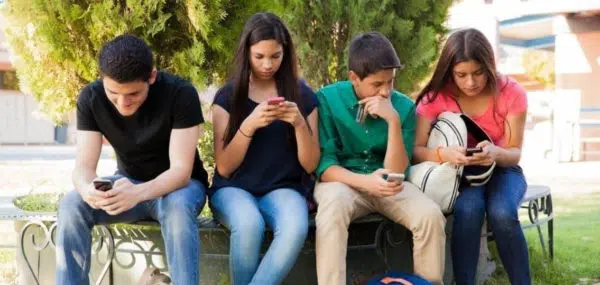No matter what side of the aisle you’re on, chances are you’re feeling it. Our national psyche is taking a beating. The division is palpable, and the political climate is tense as our country confronts critical issues, some long-simmering and some newly surfaced.
High school sports teams have begun to jump into the fray surrounding the national anthem “Take A Knee” protests against racial injustice. Meanwhile, protesters take to the streets to speak to issues of race in America, as well as on to battle it out on climate change, immigration, gun rights, reproductive rights, and a host of other hot-button issues.
Youth and Civic Engagement
Is this a place for teenagers? Yes, says Valerie Adams-Bass, Ph.D., Assistant Professor of Youth and Social Innovations at University of Virginia. It’s perfectly fine to expose our young people to this form of civil engagement, she says, “particularly if you want them to be an engaged citizen as they mature into adults—to be aware of the issues that confront us as citizens of the United States, as citizens of the world.”
This can be tough for parents if their teens’ views don’t align perfectly with their parents. “By being open and exposing them to your perspective, their perspective, and opposing points of view, your teen will develop critical thought processes,” Adams-Bass offers. She speaks to the value in helping them think about why they feel passionately about their topic, and why others might feel differently.
Youth In Politics: Joined in Protest
When parents and their teens are in agreement, taking civic action together can be a time to bond. I’d take my daughter to the Women’s March in DC again in a heartbeat. It was memorable, energizing, and we had the chance to make history together. But I’ll be honest: There were some harrowing moments.
Hours into the exceptionally peaceful demonstration, I realized that the personal space around our bodies had essentially disappeared. We had become surrounded by thousands of people, on all sides. I could not see any visible exit point, and cell phone service had inexplicably disappeared.
My 13-year-old daughter loved the experience. “It made me feel like I was part of a big community, and everyone was one big family, standing up for one thing they believed in,” she says. But as a parent in the thick of it, I couldn’t shake images of stampedes I had seen in the news over the years, and rightly wondered what would happen if there was a medical emergency. For all practical purposes, we were trapped, albeit in the most friendly, helpful, and celebratory crowd I could ask for.
When You’re Worried About Their Safety
While there is power in numbers, a space can become super-crowded, quickly, and especially if the turnout is more than expected. As for actual malice, Charlottesville is a tragic example of how some protests have the capacity to turn violent, and on occasion, even deadly.
There is great value in standing up, but as parents we need to establish emergency plans and have conversations about safety, whether our teen is with us or attending a spontaneous or planned event with peers.
Here’s what to do, says Adams-Bass:
Could the protest turn dangerous?
If the protest could potentially harm you or your child, have a conversation about meaningful alternative protests. Use your discretion about whether it’s safe to attend. If it’s not, keep conversations going about how your teen feels about the action and other means of speaking up. What could happen, for example, if you choose to bring attention to gender inequalities in your classroom? Then ask yourself what you can do as an adult to support that child.
Will young people be welcome?
Become familiar with spaces where young people are welcome and have leadership opportunities. Encourage them to find their voices here.
Befriend your kid on social media.
Know and talk about what’s trending, and find out what issues are important to your teen and might inspire them to take action.
Make communication contingency plans.
If your teen is going, have them memorize emergency contact information. Establish an emergency meeting place. If phone service goes out, but there’s internet service, your teen can use a platform like Instagram or Twitter to inform you of their safety.
Teach teens to be aware of surroundings and changes in environment.
Consider staying on the outskirts of crowds. Avoid events with narrow points of entry/exit. Be aware of changes in crowd size, mood, and momentum. If you start to feel uncomfortable, leave.
For some, youth and civic engagement is part of growing up. As our teens mature into adults, there may be times they feel compelled to take a stand. In some instances, their well-being might depend on their courage to do so.
And it’s a natural biological inclination.




